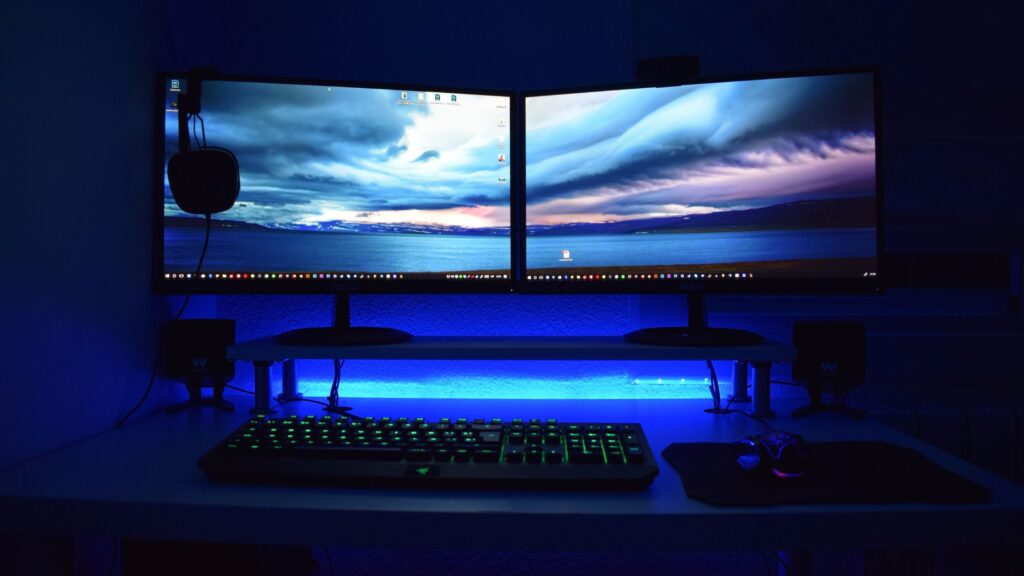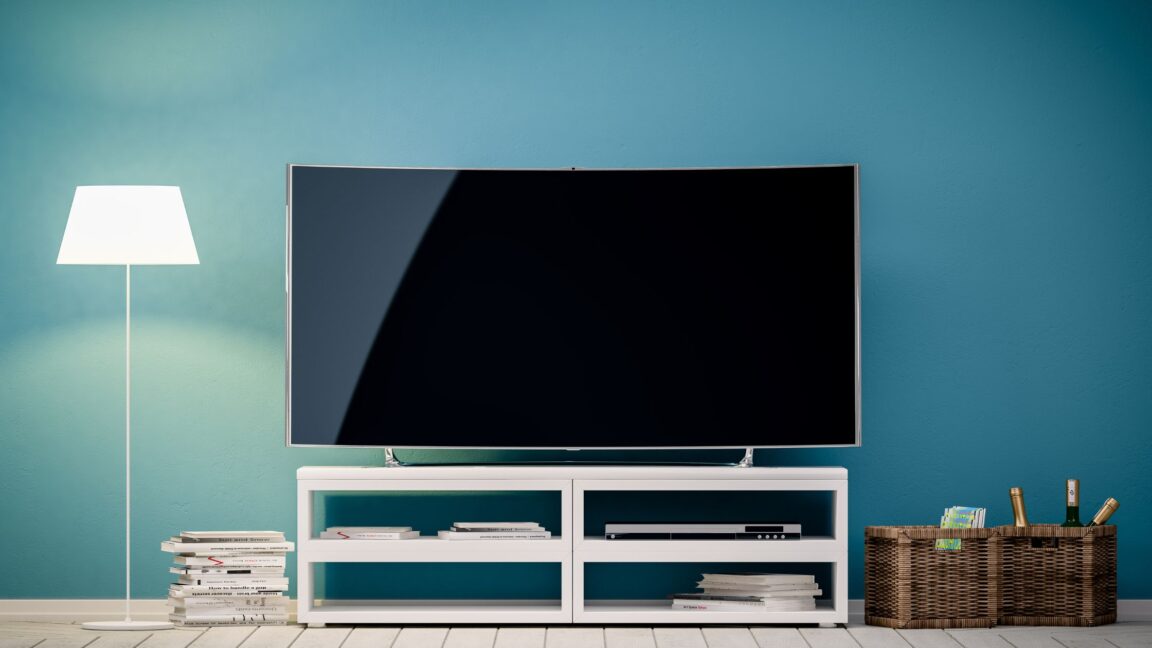Nowadays, flat-panel displays are enhancing the visual experience of users. From classroom teaching to entertainment to healthcare, all industries are using flat-panel displays. You might not notice it, but many of you also use flat panel displays. Some significant areas where these displays are being used highly are banking, automotive, finance, insurance, military, retail and more.
With the increasing utilisation of the flat panel display, its demand is increasing. In the next coming years, this market will grow. Besides, there are many great features of these screens. These are lightweight, thin, and offer an incredible display. Let us share more information about these displays.
What is a Flat-Panel Display?
Before diving into the complete information, check out what a flat-panel display is:
“A flat panel display is an electronic viewing technology. Its main purpose is to allow viewers to watch content like text, images, videos, and more. Some devices with integrated flat display panels are personal computers, smartphones, medical devices, industrial equipment, etc.”
When it comes to thickness, the flat panel displays are comparatively thinner than the traditional CRT (cathode-ray tubes) television sets. These usually have less than 10 centimetres in thickness.
Different Types of Flat-Panel Displays
Generally, there are mainly five types of flat-panel displays. Below we have explained each one for your understanding.
LCD
The most common type of flat-panel display today is LCD (Liquid Crystal Display). It has millions of liquid pixels, which are picture elements. These elements are responsible for picture quality.
LCD basically has an exceptional design for projecting the on-screen information of a microcomputer to a larger screen. It also helps with the standard overhead projector. Therefore, the large number of audience can see comfortably and doesn’t need to create a crowd near the TV monitor.
LED
The next type is an LED (Light Emitting Diode) flat panel display. It is similar to LCD as it also utilises liquid diode technology. But in LEDs, light-emitting diodes are used. Its main work is to backlight despite cathode fluorescent backlighting.
Another factor that makes LCD and LEDs is the cost. Comparatively, LEDs are more expensive than LCDs. But it also has some added advantages. A few benefits that LEDs offer to users are less electricity, higher contrast, more durability, flicker-free images, and more.

OLED
In OLED, O means organic. It is called an organic flat panel display as they are made of various organic materials. A few examples are wood, carbon, polymers, plastic, and more. These are helpful in converting the electrical current into light.
Besides, OLED technology has pixels that are capable of producing illumination. OLED also has some excellent features like enhanced picture quality, quick response, and wider view angles. However, some disadvantages are highly expensive, water sensitive, and have less life expectancy.
PDP
PDPs include an electrically charged gas (plasma) between two glass panels. PDPs are recognised for their vibrant colours and wide viewing angles. One downside of this technology is that it “burns” persistent images onto the viewing area. Furthermore, because of the two glass panels, the PDP is heavier and thicker than an LCD and often consumes more electricity.
EL
EL is the latest technology of flat panel display on the list. In this technology, an electroluminescent material is placed between the two conductive layers. Some examples of electroluminescent materials are GaAs or gallium arsenides.
The electroluminescent material gets lights up when electrical power is supplied between the layers. As a result, the pixels are generated. Generally, EL displays have various industrial, rugged military, and transportation applications.
Industrial Implementation of Flat-Panel Displays
There are numerous implementations of flat-panel displays. Following are some of the main areas where these displays get used:
Automotive
The automotive industry is effectively using flat-panel displays. Technology is helping the industry in giving a unique experience to consumers. Here is an example: In automobile dealerships, interactive installation of flat-panel displays is helping the shoppers. With this facility, they can see the line-up of cars.
Besides, the panels that are getting used also have the characteristics of a touchscreen. It enables people to visualise the vehicles from various angles. Zoom in option is also there for checking different parts. Hence, the buyer can get a completely customised vehicle by selecting upholstery, accessories, and more.
Military
The military is one of the crucial areas where flat-panel displays are used. Undoubtedly, information is vital in the time of war to make peace. The best quality materials are needed to display the information effectively. In the military, there are many applications for flat-panel displays.
These displays are used on most surfaces that can be imagined. For instance, the control rooms, war rooms, planes, ships, trucks, rifle sights, helmets, and more. Moreover, only quality flat-panel displays should be used in the military. Some significant features are sunlight readable, lightweight, extremely durable, power-efficient, etc.
Healthcare
The next industry that uses the flat-panel display most is healthcare. Many doctors perform non-invasive diagnosis. Some examples are CT scans, ultrasound, X-rays, MRI, PET and more. Besides, modern techniques have effectively combined multiple scans into 3D renderings.
In such examinations, high-quality flat-panel displays are crucial. It helps in the appropriate diagnosis where the problem can be seen in-depth. An important thing to consider is that this medical equipment is in constant use on a daily basis. Hence, the durability of the flat-panel displays matters a lot.
Retail
Nowadays, the significant competition of most retail stores is e-commerce sites. Hence, improving the visiting experience of the buyers is extremely important for retailers. Many business owners use the modern solution, the self-service kiosks. Here flat-panel displays are used for combining the in-store and online selling experience.
The salespeople in the retail stores can help the customers to get a better time with the product availability in the stock. Besides, the technology is also beneficial for consumers as they can customise their products. Some retailers selling luxury products can maintain a clientele with the installation of kiosks in their stores.

Final Comment
The above information demonstrated the uses of flat-panel displays in different areas. One thing that makes them stand out in the market is the high quality of the images. There are also many other features associated with these displays. Thus, they are best to use for visually seeing the information.
We hope you liked the article! You can sign up for our newsletter if you want to read more informative and interesting content.




GIPHY App Key not set. Please check settings